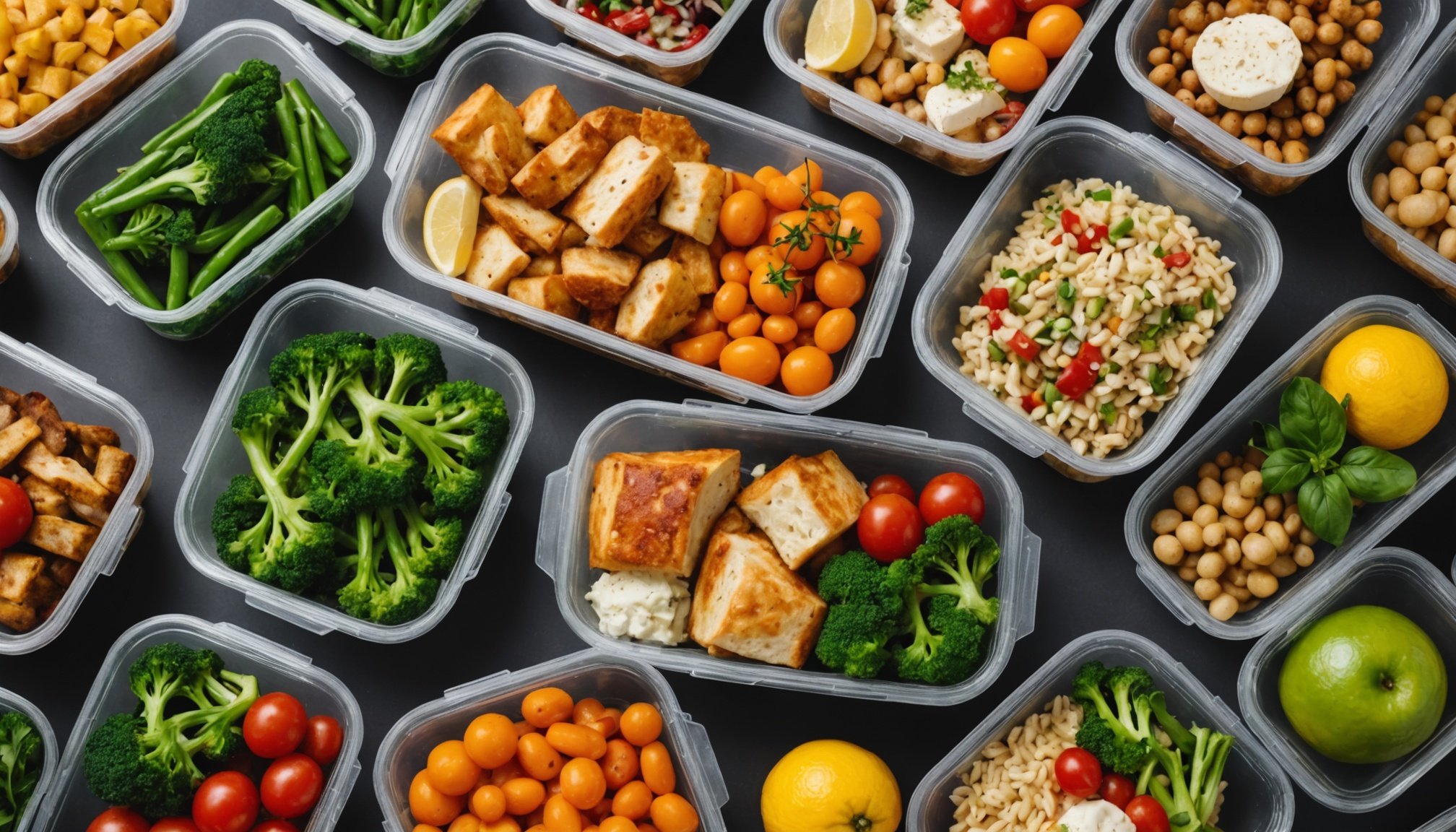Overview of Plastic Waste in Culinary Packaging
Plastic waste is an escalating concern, particularly in culinary packaging. Every year, staggering amounts of plastic are introduced into the environment. The environmental impact in the UK alone is worrying, as culinary packaging contributes significantly to landfill volumes. It’s a ticking time bomb for ecosystems, threatening wildlife and promoting landfill overflow. An estimated 2.2 million metric tonnes of plastic packaging waste is generated annually in the UK.
Key challenges for the food industry include transitioning to sustainable packaging while managing costs and maintaining product safety. Major hindrances are the high availability and low cost of traditional plastic, making alternatives less appealing in the short term. The environmental consequences are far-reaching: from microplastics polluting oceans to emissions from incineration.
In the same genre : Revolutionizing urban school air quality: creative approaches for a healthier future in uk cities
Yet, there’s a silver lining. Awareness is growing, pushing companies to innovate and consumers to demand change. The urgency to mitigate plastic waste in culinary packaging is as critical as ever, and understanding these difficulties helps in crafting comprehensive solutions. As the industry seeks new pathways, the goal is a zero-waste future that balances economics with eco-consciousness.
Innovative Strategies for Reducing Plastic Waste
In the pursuit of eco-friendly practices, businesses are turning to innovative packaging solutions to combat the mounting issue of plastic waste. A notable shift is the exploration of sustainable materials, such as biodegradable plastics derived from cornstarch or seaweed. These materials, unlike traditional plastics, decompose naturally, thereby reducing environmental impact.
Also to see : Crafting a Powerful Noise Reduction Plan for Urban UK: A Comprehensive Guide
Design strategies focused on minimalism and recyclability are also gaining traction. By simplifying packaging designs, companies can decrease material usage, which not only cuts costs but also enhances the product’s appeal. A minimalist approach often means fewer components, making it easier for consumers to recycle.
Illustrating these advancements, several case studies highlight successful innovations. For instance, a beverage company incorporated plant-based bottles, significantly decreasing its plastic footprint. Another brand redefined its product line with compostable wrappers, setting a benchmark in sustainable packaging.
By prioritizing sustainable materials and leveraging innovative design, companies can effectively reduce their contribution to plastic waste. As these practices gain popularity, they offer a roadmap for industries aiming to balance product integrity with environmental responsibility. The commitment to these strategies presents a promising path towards a zero-waste future.
UK-Based Companies Leading the Change
Expanding on the positive shift towards sustainable businesses, several UK companies are at the forefront of innovative packaging case studies. Here, we explore the pioneering efforts of market leaders championing the reduction of plastic waste.
Company A: Reducing Plastic Use
Company A has successfully introduced packaging innovations that significantly minimise plastic usage. Implementing biodegradable materials in their packaging, Company A has witnessed a noticeable decrease in its plastic footprint. By choosing eco-friendly practices, they reduce waste and support environmental preservation.
Company B: Circular Economy Practices
Embracing circular economy models, Company B focuses on extending product lifecycles. Their initiatives encourage recycling and reuse, proving to be valuable in reducing packaging waste. As such, their strategic practices offer a practical framework for waste minimisation, promoting sustainability.
Company C: Collaborations for Sustainability
Committed to sustainable materials, Company C engages in strategic partnerships to leverage innovative solutions. Through these collaborations, they tap into advanced technologies, bringing forth unique packaging solutions that align with eco-conscious market demands. Collaboration fuels their ability to effect lasting changes in plastic waste management.
Environmental Impact and Benefits of Sustainable Packaging
Shifting to sustainable packaging offers notable environmental benefits. Reducing plastic waste directly diminishes landfill contributions and pollution, promoting cleaner ecosystems. For instance, using biodegradable materials decreases reliance on traditional plastics, mitigating habitat disruption and wildlife threats.
Consumer behaviour substantially impacts sustainable packaging choices. As awareness grows, demand for eco-friendly products rises, encouraging businesses to prioritise sustainability. This shift not only satisfies consumer preferences but also fosters a greener market. Customers opting for products with minimal packaging push brands towards innovation, simultaneously driving and reflecting societal change.
Long-term benefits for the environment are profound. Transitioning to sustainable materials reduces carbon footprints and prevents toxic microplastic accumulation. This proactive approach assists in preserving natural habitats and resources. Additionally, sustainable packaging enhances brand reputation, aligning business practices with growing environmental consciousness and providing a competitive edge.
In summary, adopting sustainable packaging proves critical for ecological balance and corporate responsibility. It signifies a strategic investment in environmental welfare and positions businesses as leaders in waste reduction. This shift reinforces the intrinsic value of sustainability in contemporary commerce and environmental stewardship.
Actionable Insights for Businesses
Transitioning to sustainable packaging practices can seem daunting, but businesses can take actionable steps to ease the process. Firstly, companies should conduct a thorough audit of their current packaging to identify areas for improvement. Collaboration with suppliers to source eco-friendly materials is essential. Materials such as biodegradable bioplastics or recyclable paper can significantly reduce the overall environmental impact.
Fostering a corporate culture that values sustainability is also crucial. Training and educating staff about waste reduction can create a more cohesive approach. Moreover, incorporating customer feedback on packaging can pinpoint areas for change. Transparency in business strategies helps keep consumers informed and engaged.
Businesses should also explore partnerships with organizations focused on sustainability. These partnerships can provide valuable resources and guidance. Such organizations offer insights into industry standards and future trends. Networking with market leaders can also offer inspiration and innovative ideas.
Looking ahead, trends in culinary packaging include the development of smart packaging that communicates product information through digital means, further reducing physical waste. Staying informed allows businesses to adapt and remain competitive, championing the movement towards a more sustainable future.

